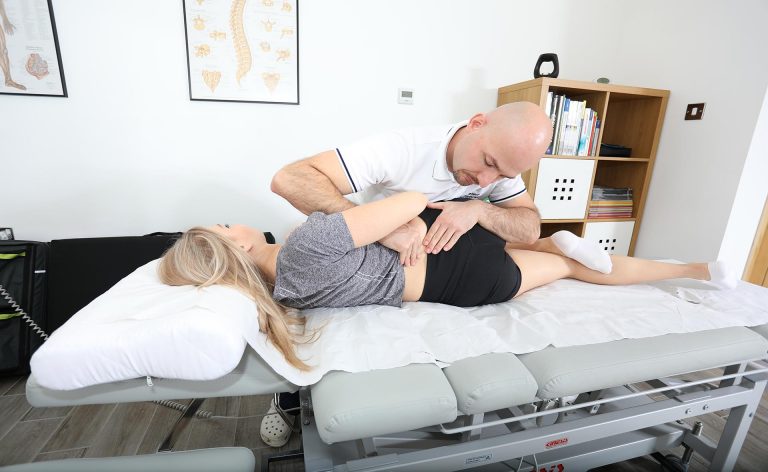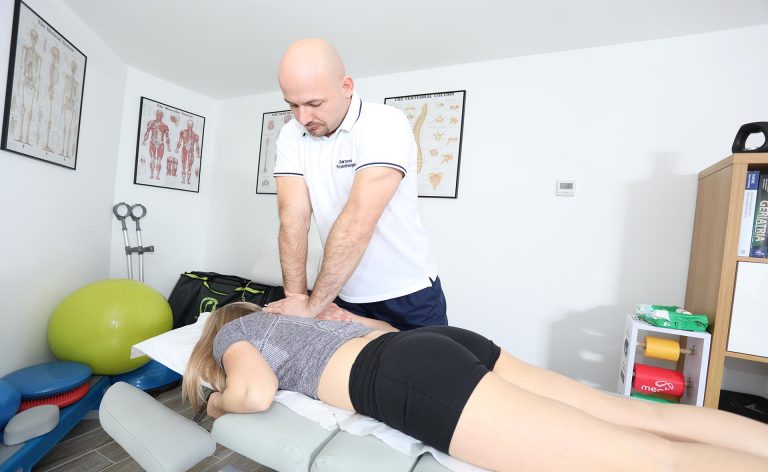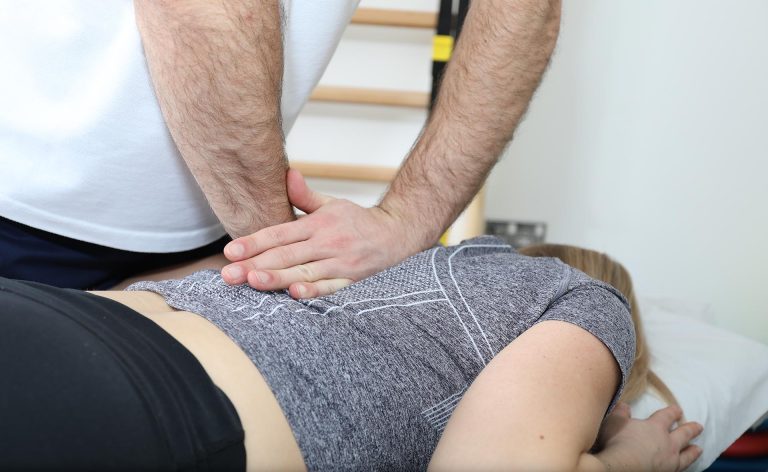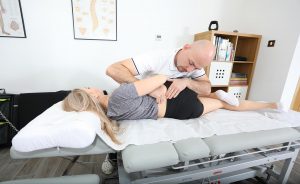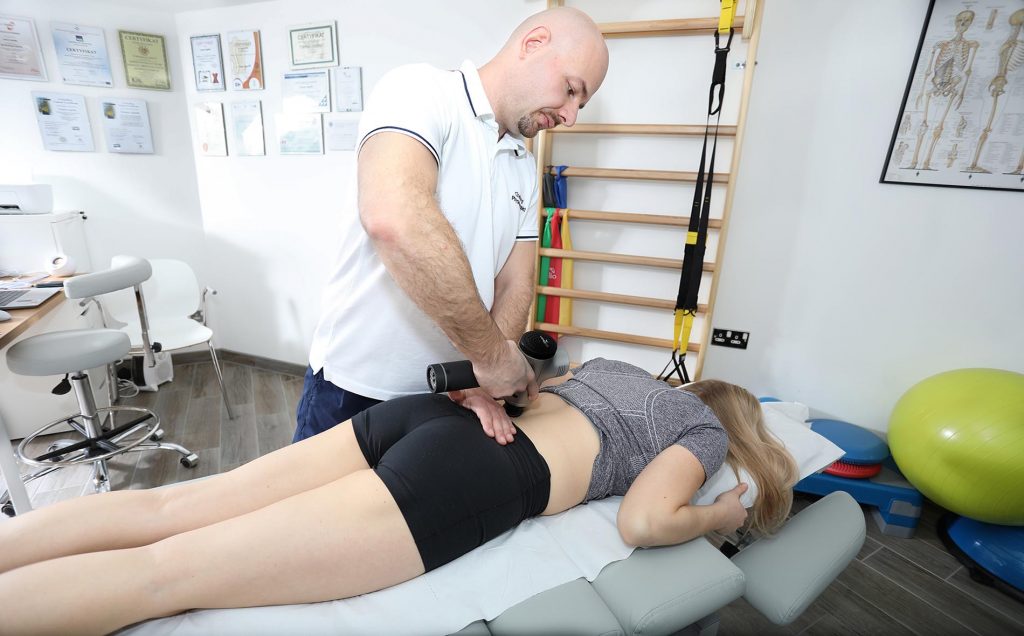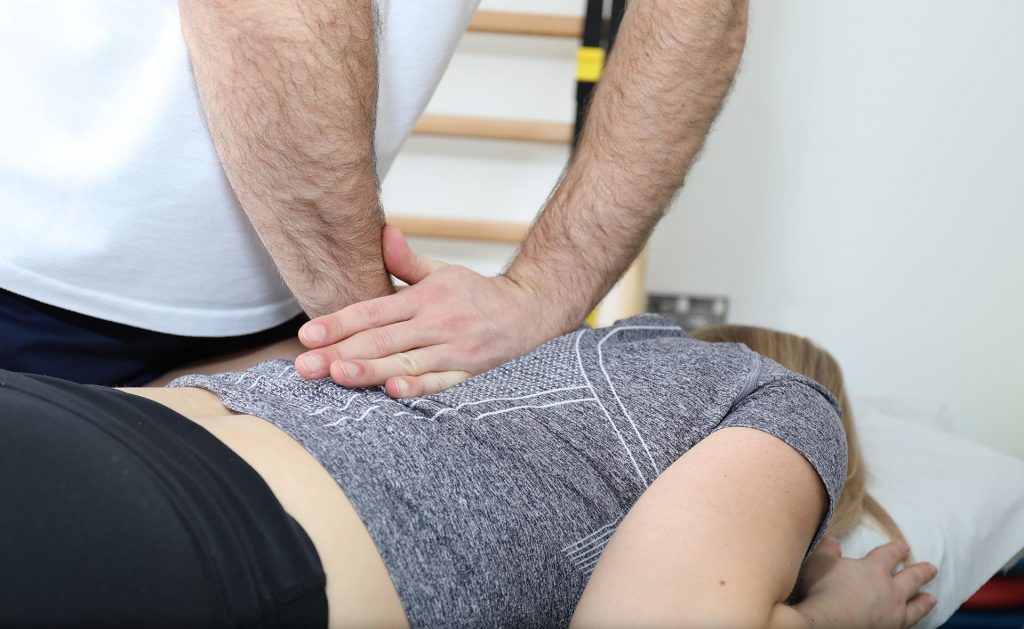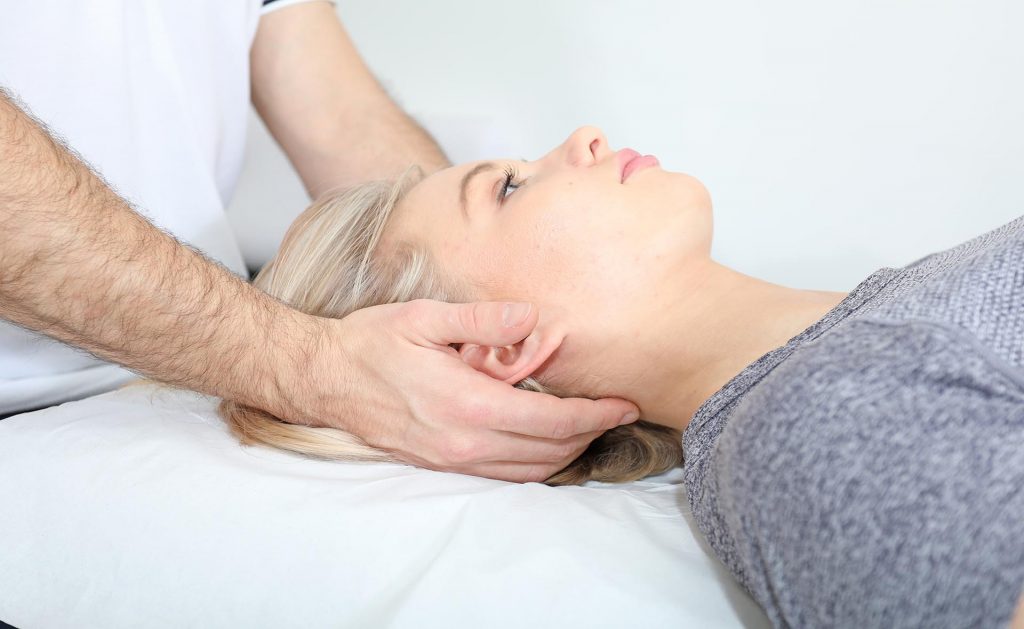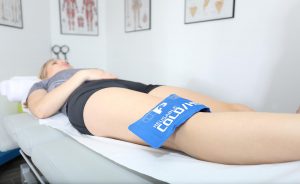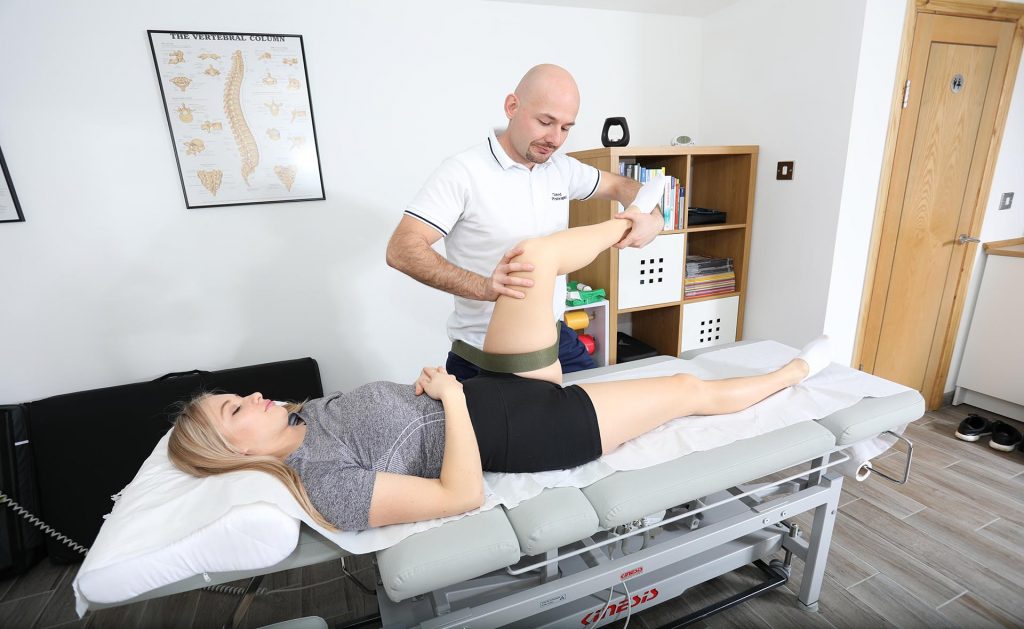Joints Adjustment Southampton
Joint adjustment, in other words joint manipulation. If you are looking for a physiotherapists in Southampton to treat your pain through joint manipulation. We are here to diagnose the cause of your pain and choose the right therapy.
Joints Adjustment Therapy Southampton
The joint manipulation therapy, commonly known as “setting,” was known as early as 400 BC. Currently, it is used by physiotherapists, osteopaths, and chiropractors. Joint manipulations can be performed, for example, using the Ackermann, Cyriax or Mulligan methods. Therapies should be performed by a trained therapist in order not to lead to severe complications. Accurate diagnostics must confirm indications for the use of manipulative techniques. Before proceeding with the manipulation, it is necessary to examine:
- Range of passive and active motion
- The patient’s aesthesia
- Articular slide
- Muscle strength and flexibility
- Determine the direction of painless movement
The typical “click” heard during manipulation is harmless. It does not indicate a good or bad procedure. The process characterised by a “shooting” noise occurs by rapidly separating the articular surfaces where a gas cavity is formed. Another crunch in the joint may occur only after approximately 20 minutes because the gas produced must be absorbed. The popping noise can also be caused by a tendon that is jumping over the surface of the bone.
Manipulations are particularly effective when the intervertebral joints of the spine are blocked, which causes reduced mobility and sharp pain during movement, making patients adopt a tilted position, while the condition is known as lumbago. After successful manipulation, the patient leaves the office with an improvement of 90-100%.
The therapist should prepare a set of self-mobilisation exercises for the patient, which accelerate recovery and increase the effectiveness of the therapies.
Book your appointment
Joint manipulations - scientific research
Joint manipulation surgery - action
Contraindications for joint manipulation techniques
- skeletal tumors,
- no indications for surgery,
- unstable fractures,
- spinal cord injuries,
- bone marrow inflammation,
- nerve damage
- chronic pain that is not caused by mechanical damage.
Book your appointment
